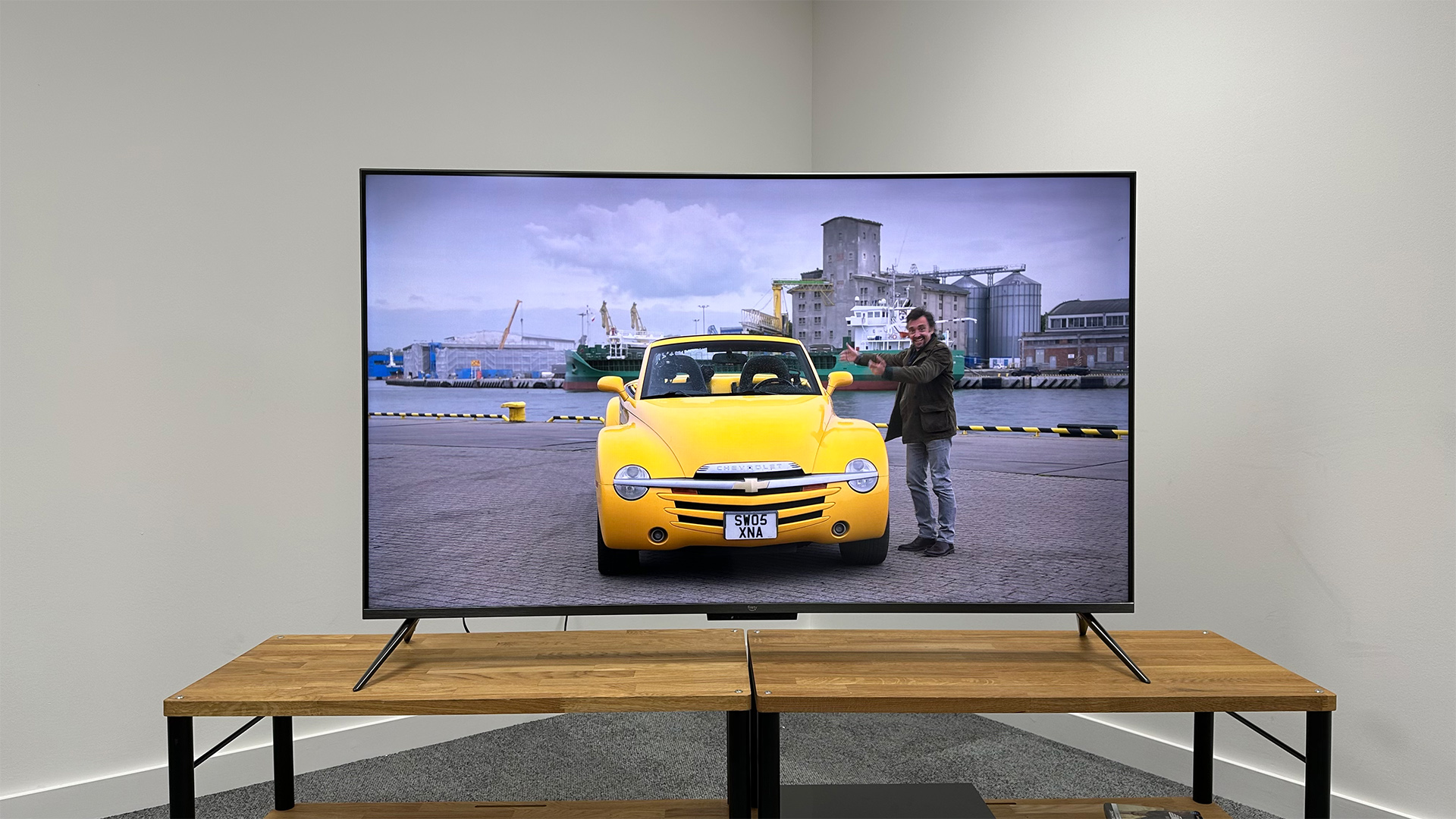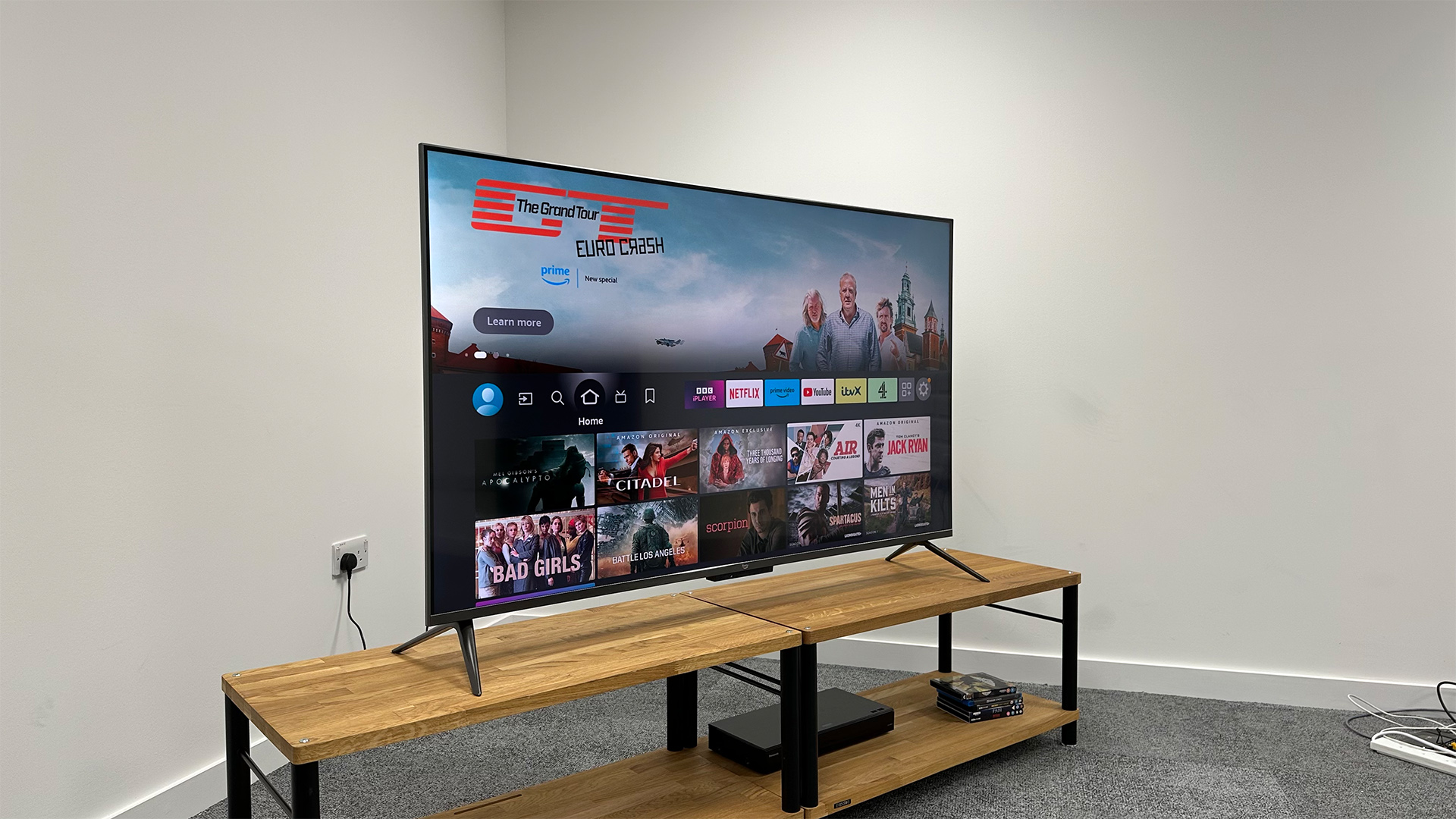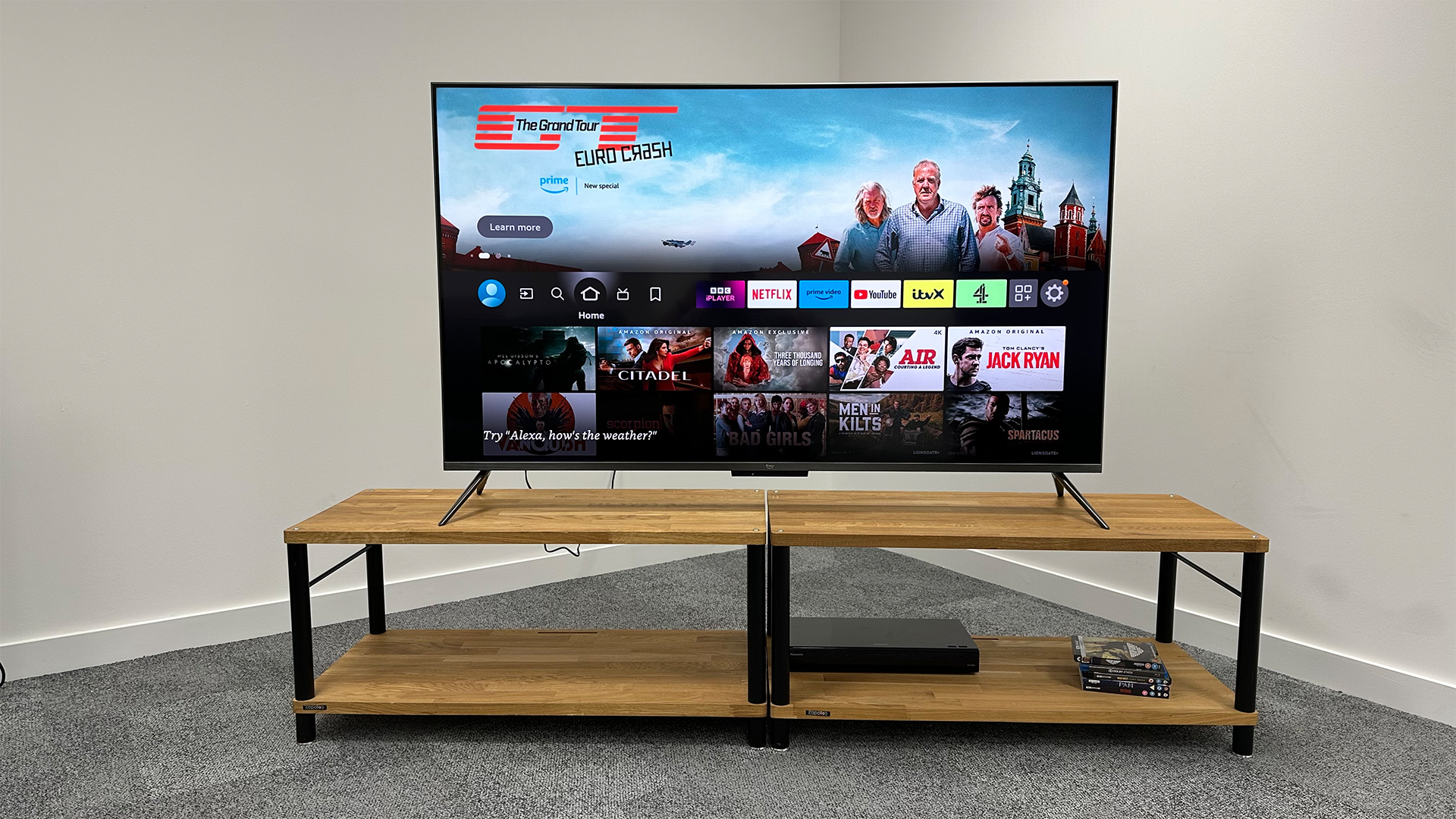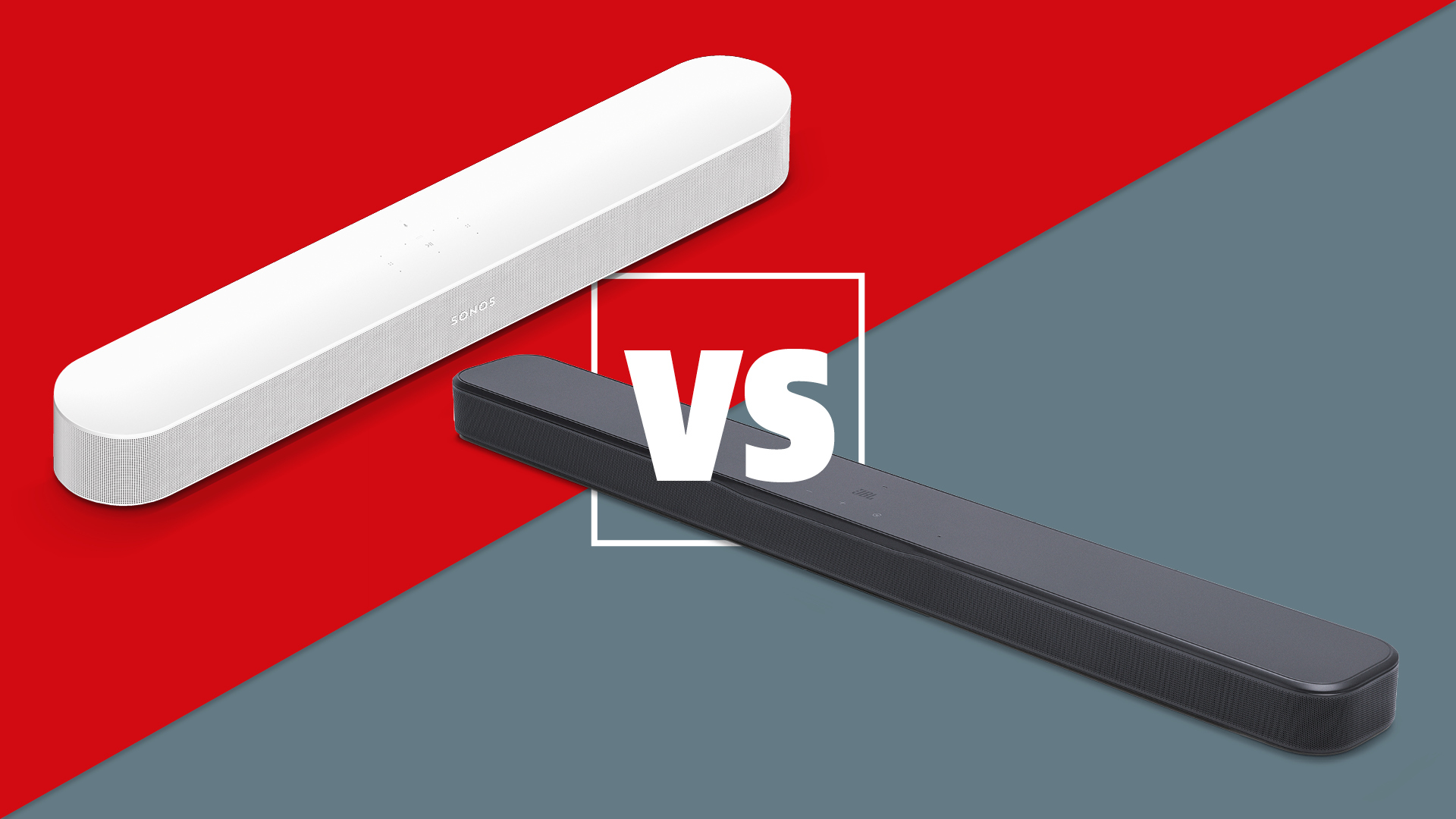Should you buy an Amazon Omni QLED TV? Everything you need to know
Are these affordable TVs worth a punt?

While Amazon has been making streaming sticks for nearly a decade, it's a relative newcomer to actually making TVs. But in the few short years that its Fire TVs have been on sale, they've come on in leaps and bounds.
It now produces three ranges: the Fire TV 2-Series, Fire TV 4-Series and Fire TV Omni QLED. The latter is what we're interested in here, as it's the flagship range in Amazon's Fire TV family.
So what does the Fire TV Omni range offer? How much do the TVs cost? How do they compare to what else is available? And should you buy one if you find a great deal? Let's find out.
Should you buy an Amazon Fire Omni TV? The short answer...

Amazon is a relative newcomer to the world of TVs. While the e-commerce giant has been installing its software on other companies' TVs for a while now, it only launched its own Amazon-built TVs in 2021. Of course, Amazon has the resources of a small country, and so doesn't do things by halves – and its foray into TV-making is no different.
The Fire TV Omni QLED range boasts very impressive functionality – it essentially has a Fire TV Stick built into the set, giving you all the major streaming apps (with all four flavours of HDR baked in) and Alexa voice controls. The design might be a bit more basic than more style-conscious TVs, but it has it where it counts, which is picture and sound quality.
This being Amazon, the TVs are priced very competitively, but you shouldn't take the official price as your final answer. Amazon loves a sale, and it regularly lops a lot off the price of its TVs (just as it does its Echo speakers, Fire TV streaming devices and Fire tablets). We've seen up to 40 per cent off its Fire TV Omni QLEDs. So while they are definitely worth considering, you should never pay full price.
Should you buy an Amazon Fire TV Omni QLED QL50F601?

The QL50F601 is the 50-inch entry in the Omni range. And it's a belter, earning a 2023 What Hi-Fi? Award for its efforts.
The latest hi-fi, home cinema and tech news, reviews, buying advice and deals, direct to your inbox.
Design-wise, it's not as fancy as the 65-incher below – it has black plastic in place of the silver metal accents. But it has an impressive array of features for its price. These include an Ambient Experience (which is essentially a screensaver that appears when the TV detects your presence), Alexa voice smarts, the Fire OS operating system, support for all four current HDR standards (HLG, HDR10, HDR10+ and Dolby Vision) with even Dolby Vision IQ and HDR10+ Adaptive (which automatically adjust to ambient lighting conditions), and QLED panel technology, plus VRR and ALLM for gamers across all four of the set’s HDMI ports. One of those ports is also eARC-enabled so can send uncompressed Dolby Atmos signals to a compatible soundbar or AV receiver.
Performance? Very good. It's no giant killer, but it is a surprisingly consistent and considered performer that works within its means to provide a very satisfying and authentic picture. Colours successfully tread the fine line between vibrancy and subtlety, and skin tones are natural and fairly delicately shaded. The audio is a little restrained, but that's preferable to the kind of distortion you hear from boomier, bassier TVs at this end of the market.
The QL50F601 is officially priced at £650 / $530, but we've seen it dip as low as £400 / $350 so do keep an eye out for discounts.
Should you buy an Amazon Fire TV Omni QLED QL65F601?

The QL65F601 is the 65-incher in the Amazon Fire TV Omni QLED TV, and the largest member of the family. It offers pretty much the same specs and features as its 50-inch sibling, just on a larger scale.
It earned 'only' four stars in our review, however. While that's a very respectable score, it does suffer from some picture issues that aren't as apparent on the 50-incher.
Low-light scenes cause it the most problems, with a slight lack of shadow detail and some patchiness to colours. Motion also tends to be a bit smeary. But these are minor issues that many people will be able to overlook, especially given the price.
The Amazon Fire TV Omni QLED QL65F601 retails for £1000 / $800, but we've seen it go as low as £680 / $590. For reference, Samsung’s 2023 QLED range starts at £1299 in the UK for a 65-inch model and is unlikely to be discounted by the same percentage.
Should you buy the other Amazon Fire TV Omni QLEDs?
The Amazon Fire TV Omni QLED range includes other TVs in more sizes, though we haven't tested them.
The 43-incher doesn't support full-array local dimming (instead it's direct LED) which will affect the picture. Full-array local dimming splits the screen into zones, which can be controlled independently, so the screen can react more accurately to what image information it's being fed. We would therefore be cautious with the 43-inch Omni QLED. It might be very good, but it's too different to the larger models to be safely recommended.
But the 55-incher – like its bigger siblings – does support full-array local dimming. In fact, it should perform essentially the same as the 65-inch model, so while we haven't tested it we do feel fairly confident that it will be good and worth taking a punt on when it's discounted.
You'll find the latest, lowest prices for every model in the range below.
MORE:
QLED vs LED: which TV panel technology is better?
Should you buy a TCL TV? Find out here
Need help? How to choose the right TV
Save big with our pick of the best TV deals
Joe has been writing about tech for 20 years, first on staff at T3 magazine, then in a freelance capacity for Stuff, The Sunday Times Travel Magazine (now defunct), Men's Health, GQ, The Mirror, Trusted Reviews, TechRadar and many more. His specialities include all things mobile, headphones and speakers that he can't justifying spending money on.

